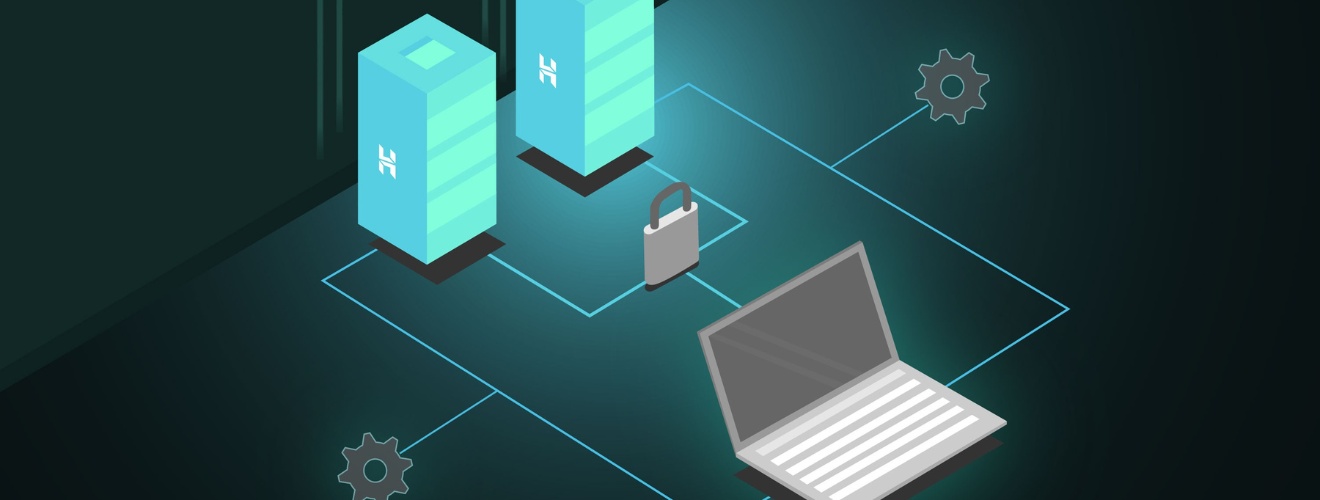No security strategy today is complete without the zero-trust framework. The principle is simple: trust nothing, always verify. At the center of this model sits data encryption. It stops attackers from reading or misusing data, even if they get inside your systems. This article covers why data encryption matters in the zero-trust framework and explains how to get started with securing sensitive information.
Why Data Encryption Drives the Zero Trust Framework
A zero-trust framework assumes that no device, user, or network zone can be trusted by default. Data encryption is crucial because it protects information regardless of where it’s stored or who attempts access. If an attacker breaches your perimeter, data encryption ensures stolen data remains unreadable. Implementing encryption tools such as AES or RSA, combined with strong key management, enhances data confidentiality. Integrating these measures into these frameworks fortifies overall security posture and minimizes breach impacts.
The benefits of data encryption include:
- Making extracted data unusable.
- Meeting regulatory or compliance standards.
- Enabling secure collaboration across cloud and remote teams.
- Supporting continuous authentication and verification.
Data Encryption Strategies Within a Zero Trust Framework
Start by identifying the most sensitive data. Encrypt this information both at rest (when stored on disk or in the cloud) and in transit (as it travels between systems). Use strong algorithms like AES-256 and enforce key management policies. Always combine encryption with access controls: only the right people, with proper identity verification, should handle decryption keys. For example, encrypting staff records ensures no unauthorized party reads personal information even if a device is lost or a database is exposed. Combine this with regular key rotation and tight access control for better resilience.
Conclusion
A zero-trust framework stands or falls on encrypted data. No organization achieves lasting protection without it. Remember, encryption is not a one-time task but an ongoing commitment that evolves with emerging threats and technologies. Prioritize continuous monitoring and updates to maintain your digital work environment.
Tags:
Encryption TechnologiesSecurity Best PracticesSecurity TrendsAuthor - Abhinand Anil
Abhinand is an experienced writer who takes up new angles on the stories that matter, thanks to his expertise in Media Studies. He is an avid reader, movie buff and gamer who is fascinated about the latest and greatest in the tech world.
